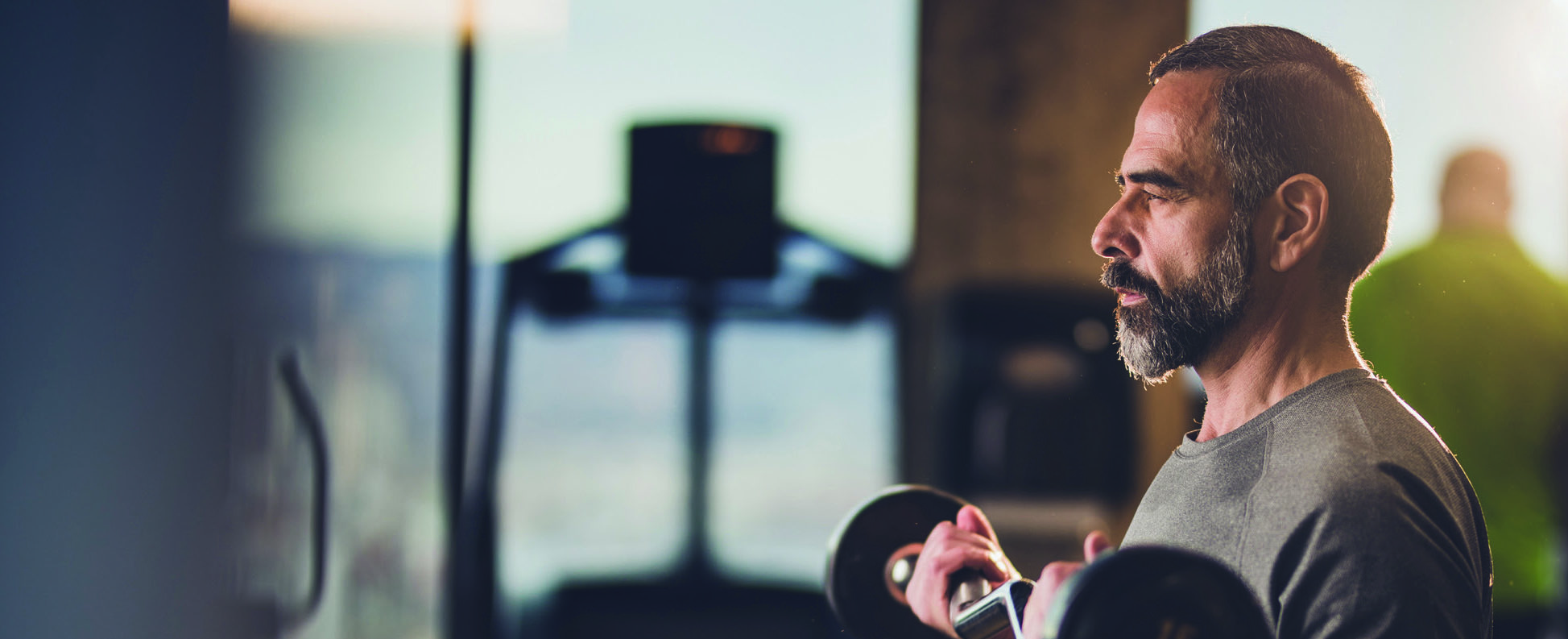We’ve all heard about physical rehabilitation or rehabbing—the process of restoring to a condition of good health or ability through training and therapy.
Many years ago, we began advocating for what I call prehabilitation, or prehabbing. When surgery is indicated but not needed immediately, we put our patients into an aggressive prehab program to build up their strength and conditioning.
The result is a faster and more extensive recovery. In some cases, aggressive prehab routine even negates the need for surgery.
But we shouldn’t just consider prehabilitation as a tool to prepare for surgery. Prehabbing is a proactive approach to prevent injury and accelerate the speed of healing and the extent of recovery when we’re injured.
Prehabbing is something everyone should be doing especially as we age, because we’ll all encounter unavoidable physical setbacks. It’s part of life, and to a large extent the types of intervention made available to us—and the extent of our recovery after those interventions—is determined not by our age, but by our overall fitness level.
So, why do we wait for health setbacks to get motivated? Why don’t we begin preparing for them now?
Prehabbing is not only investing in your health and wellness future, but also in your financial future. That’s because a regular fitness routine is the most effective—and least expensive—healthcare plan that you have. Prehabbing can save you hundreds of thousands of dollars over the final decades of your life.
Some of my patients live big, bold, adventurous lives—and I support that. In many cases, I even encourage that. Life is for living. And at times, that involves taking calculated risks.
But an important part of prehabbing is continually evaluating the risk/reward ratio of any activity—a ratio that changes as we age. The name of the game is: Avoid injury at all costs.
We gain a little weight, and our center of gravity shifts slightly. Our reflexes slow just a bit, we lose some strength and flexibility and we allow gravity to negatively affect our posture.
The result is, we’re far more likely to lose our balance and fall when running, biking, skiing, climbing or hiking. We’re more likely to pull a muscle, injure a joint or break a bone.
Activities that we managed with ease and fluidity when we were younger become more difficult—and therefore more dangerous. That’s why it’s important dial back our aggressiveness as the risk/reward ratio shifts.
My belief in the power of prehabilitation has led to my personal mantra of Show Up Strong.
Show up Strong is a grassroots movement started by Masson Spine Institute to help change the culture in adult performance and behavior so that we’re constantly in readiness mode—constantly aware that we’re all likely to get hurt.
Whether it’s a predictable degenerative condition or a trauma such as a car accident or a sports injury, if we prehabilitate and Show up Strong, our bodies will be better able to deal with the trauma and the intervention. We’ll bounce back faster, stronger, better and more capable.
In my own life, I look at an injury as a wake-up call; as a little red light that’s signaling an opportunity for positive lifestyle change. Adversity can be an important reminder to take better care of ourselves, and to begin preparing for a better, more active future.
Spine surgeon Dr. Robert L. Masson, M.D., is an internationally recognized neurosurgeon specializing in complex spinal disorders and sports spine medicine.














